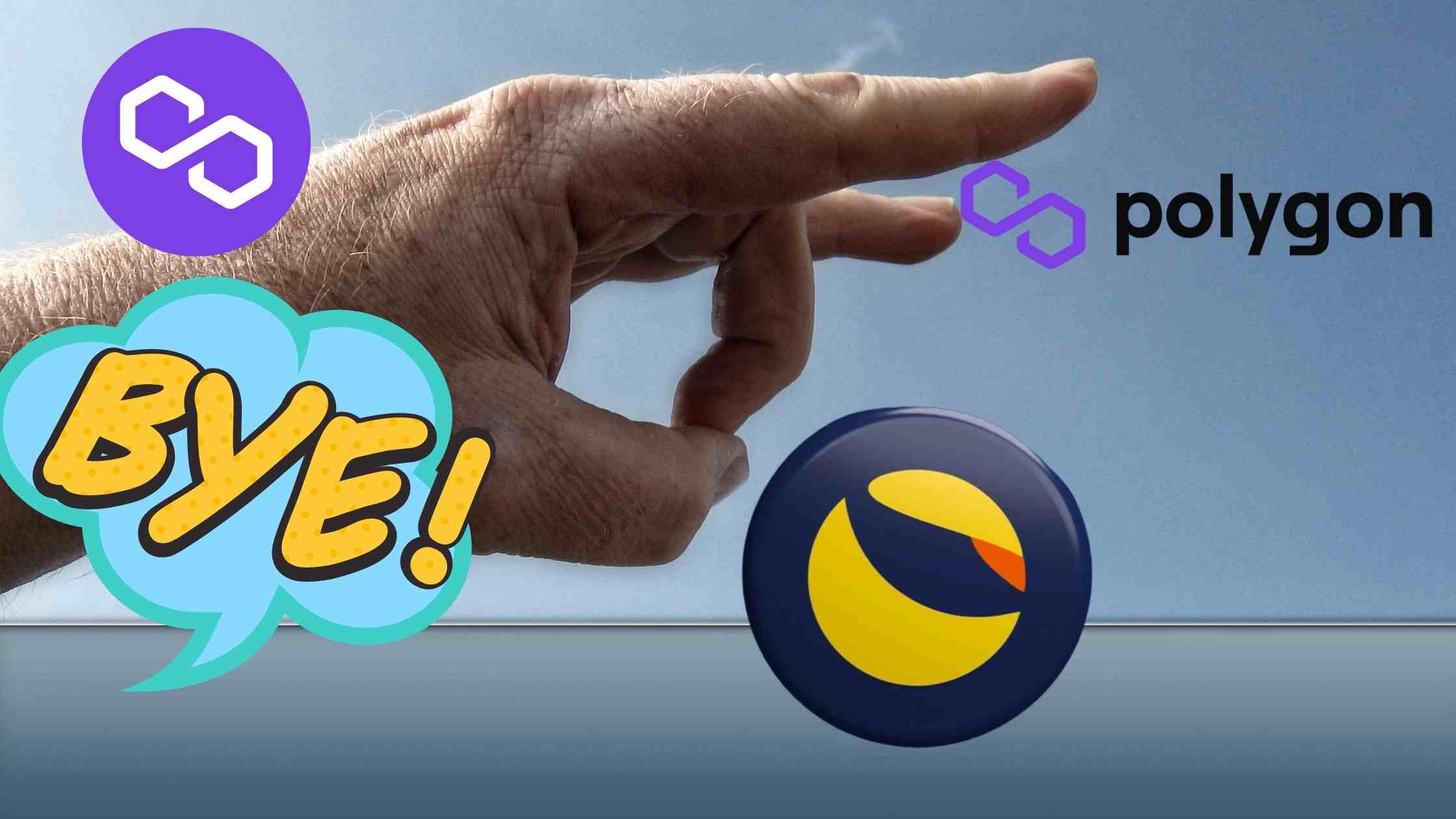In May 2022, after UST’s collapse on the Terra blockchain, many projects operating on Terra had to decide their future. The options were to use Terra 2.0, or the new Terra blockchain as their new blockchain, or to migrate away from Terra completely. Polygon offers support to any of the projects looking to migrate, and 48 projects that were formerly launched on Terra are now part of the Polygon ecosystem.
Due to Terra‘s recent events, many projects and members of the community have suffered losses, including their treasuries and sense of community. The projects lost their platform and got thrown into chaos. But there is hope. Many believe that by migrating to Polygon, they increase their chances of success and keep on developing the future of Web3.
Big fundamental shifts for former Terra projects
The Polygon Studios CEO, Ryan Wyatt, announced that 48 projects were already successfully migrated to Polygon. He suggested that Polygon’s Terra Developer Fund, a multimillion-dollar fund that Polygon has created to attract the talent that was suddenly thrown into limbo by Terra’s collapse in May.
UPDATE: Terra projects have begun migration. Over 48 projects and counting… including @OnePlanet_NFT, an exclusive @0xPolygon marketplace, and @DerbyStars_HQ!
— Ryan Wyatt (@Fwiz) July 8, 2022
It was so awesome to help and welcome all these wonderful developers to our thriving ecosystem!
Welcome! 💜$MATIC https://t.co/5ypu1QdMBA pic.twitter.com/JcskdWGnZJ
Why is Polygon so attractive? Polygon is a network that serves as a layer-2 scaling solution for the Ethereum network.
Some of the projects mentioned are NFT marketplaces and metaverses. Some of the high-profile names mentioned by Ryan Wyatt were the OnePlanet NFT marketplace, the Lunaverse (LUV), and the Derby Stars P2E game.
OnePlanet was instrumental in helping other NFT projects migrate to Polygon. It has evolved into a platform devoted to the assistance of NFT projects from Terra through its Ark*One initiative.
Why Polygon?
Polygon Technology, Polygon Studios, and Polygon Technology have made significant strides in developing their NFT ecosystem over the past year. There are partnerships with major players such as Meta, E-Bay, Animoca Brands, Stripe, and Meta. Polygon Studios also assists celebrities and large commercial and consumer brands in launching their own NFT models and marketplaces.
The projects claim that they have done extensive research before deciding to migrate to Polygon. OnePlanet said that they had many meetings with representatives of other blockchains and foundations before choosing Polygon as the new home for OnePlanet’s Terra NFT projects.
Polygon has the highest number of onboarding entities and projects, taking into account key factors like stability, mass adoption, and market opportunities.
Also, Polygon houses some of the most prominent brands in Web2 or Web3, including Adidas, Sandbox, and Decentraland. These partnerships have made Polygon a leader in mass adoption from crypto and non-crypto native lands. Polygon’s low average gas fee and its high throughput (it can process up to 7k transactions per second) are two other advantages that make it a great choice to attract a wider audience.
Why Polygon and not Ethereum?
Another key advantage is the EVM environment that provides a much-needed scaling solution for NFT projects. Ethereum layer 1 remains the dominant space, with the highest liquidity, but gas fees make it unaffordable for many.
Polygon, originally known as Matic, has been added to many centralized exchanges since its inception in 2017. A robust ecosystem of DeFi and DAO, developer tools, as well as stablecoins is available.
Polygon’s TVL is $2.7 billion (Polygon Bridge TVL, Ethereum $5.6 billion) and a monthly MAU of 1 million. This provides ample liquidity and exposure for users.
OnePlanet NFT and Terra NFT will play a significant role in diversifying NFT ecosystems, as well as these large brands inviting mass audiences to the world NFTs.
OnePlant’s Saturday blog highlights how Ark*One helped 48 NFT projects migrate to Polygon.
Can projects still migrate to Polygon?
The migration was enabled by the OnePlannet platform through Ark*One. However, applications closed officially on June 15, including financial support from our partners Polygon Studios.
Projects who wish to migrate to Terra will continue to receive technical support. OnePlanet said it would use its regular launchpad to help new projects launch on Polygon.
The mass salvage operation helped 48 NFT projects. This includes 90 NFT collections. This is a significant proportion of Terra projects, even those that were not launched on One Planet prior to the cataclysmic re-peg event.
These include the P2E metaverse Lunaverse and the A.I. Terra’s most successful PFP collections Hellcats, Babybulls, and the NFT universe DystopAI.
What other blockchains are considered for migrations?
Polygon seems to be more successful in attracting Terra projects than the VeChain ecosystem. It appears that not many Terra projects have moved to the layer-1 ecosystem, despite VeChain openly inviting Terra developers to apply for grants.
#Luna_Terra #Developers if you're looking to migrate #Layer1, we're offering up to $30k to help!#VeChain is a leading enterprise-grade public #blockchain, 100% uptime, #Sustainable & rapidly growing in the EU.
— VeChain Foundation (@vechainofficial) May 16, 2022
Join us & #buidl the future! DM open https://t.co/NloutqKBwX$LUNA

